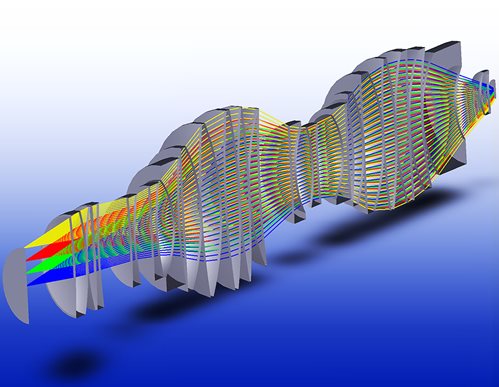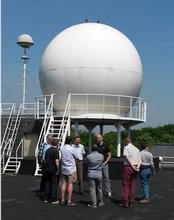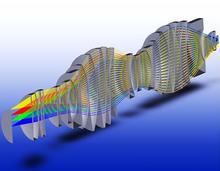news
Submitted on 2016-06-29No C-class or stronger flares, and several spotless days: Last week will not be remembered for its high solar activity. Fortunately, some spotless active regions were rounding the east solar limb
Submitted on 2016-06-21Early May, one small and one large coronal hole transited the solar disk's centre. As expected, the associated high speed streams arrived at Earth just a few days later.
Submitted on 2016-06-17
The 2016 edition of the STCE annual meeting led us along Roof Top Science, Cosmic Rays, 10years STCE Happy Birthday cake and a launch to Wuthering Heights - check the pictures.
Submitted on 2016-06-17
At ESWW13 we try to make the perfect cocktail of people and knowledge that makes us Space Weather proof and strengtens our safety net. Cheers!
Submitted on 2016-06-10The already very low solar activity of the last few months ended into a downright traumatic experience for the solar observers when, starting on 3 June, the Sun became totally devoid of its so familiar speckles. Indeed, from 3 till 7 June, no sunspots were observed, and the daily estimated sunspot number was at comatose levels (flat "0") for 5 consecutive days. The gif underneath shows SDO/HMI imagery of the solar disk from 1 till 8 June.
Submitted on 2016-06-02
A trip along Roof top science, cosmic rays and Wuthering Heights.
Submitted on 2016-05-30Solar flaring activity was once again restricted to a handful of minor C-class flares this week. A few regions drew away all attention: Departing NOAA 2546, emerging NOAA 2548, and ...
Submitted on 2016-05-26
A two-day course on the OpticStudio software, a optical design software. The course is intended for beginners who have a basic background in optics. The exact subjects to be covered will be decided by the participants and the organisor. The dates will be choosen based on the availability of the participants and the trainer from the Zemax company.

Submitted on 2016-05-19We are still far from the year's end, yet we already received an application for the most impressive solar event of the year. A relatively modest C3 flare ...
Submitted on 2016-05-05X-class flares are "eXtreme" x-ray solar events, 10 times more powerful than a "medium" M-class flare, and 100 times more powerful than the "common" C-class flares.
Pages
Zircon - This is a contributing Drupal Theme
Design by
WeebPal.






















